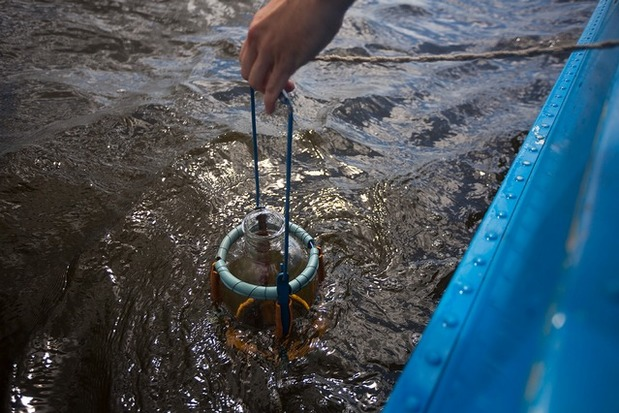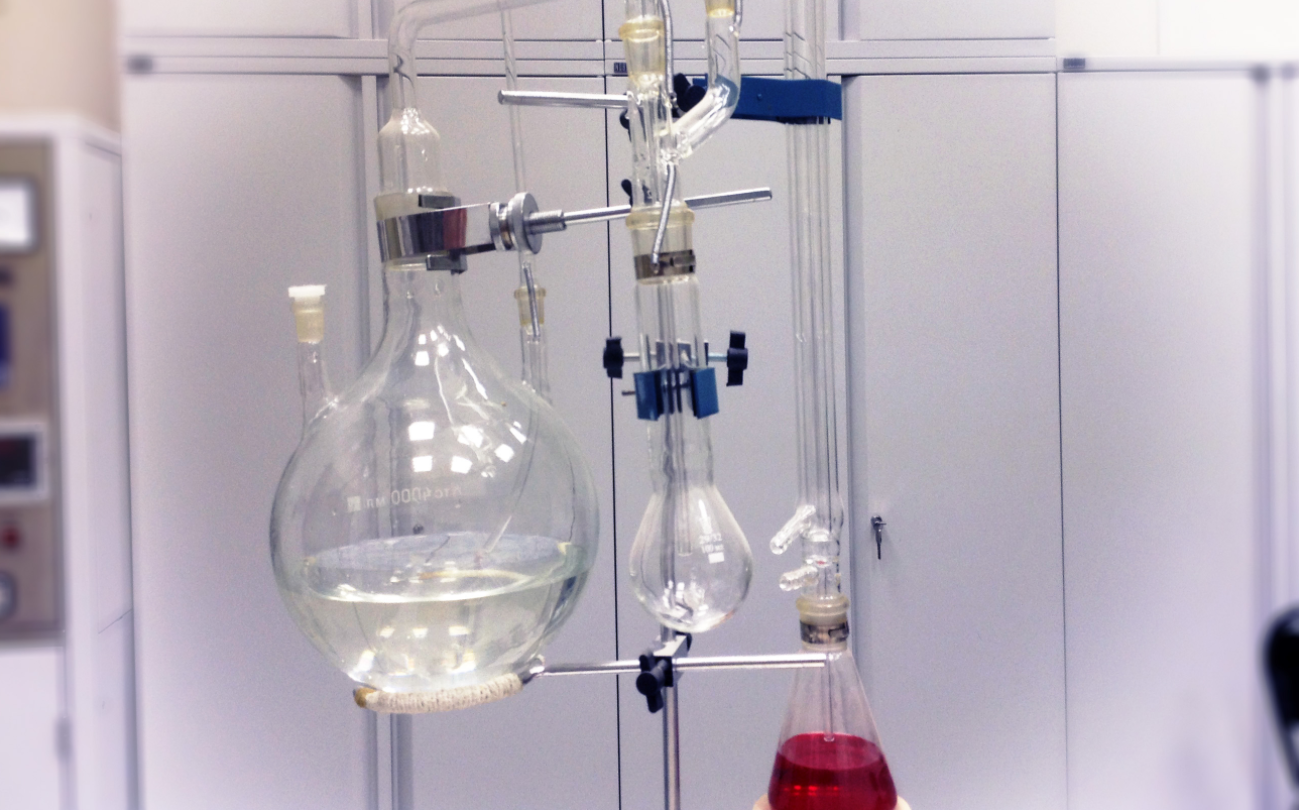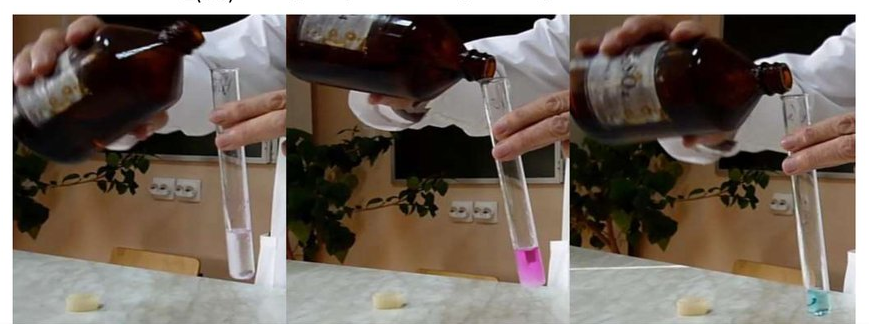The total nitrogen in daily water generally includes organic nitrogen, ammonia nitrogen, nitrite nitrogen and nitrate nitrogen. Nitrate nitrogen and nitrite nitrogen in water samples can be reduced to ammonium sulfate with zinc-sulfuric acid; organic nitrogen can be converted into ammonium sulfate after digestion with sulfuric acid using copper sulfate as a catalyst. Under alkaline conditions, ammonia is released by distillation, absorbed in boric acid solution, and then reacted with Nessler's reagent to form a yellow-brown complex. The color depth of the complex is proportional to the nitrogen content. Through this method, we can detect the total nitrogen in urban sewage.

Reagents and instruments used for testing
1. Nessler reagent
Weigh 16g of sodium hydroxide, dissolve it in 50mL of water, cool it to room temperature, weigh 7g of potassium iodide and 10g of mercury iodide, dissolve it in laboratory first-grade pure water, and then slowly add this solution to the hydroxide under stirring. Sodium solution, and diluted to 100mL, stored in a brown bottle, sealed with a rubber stopper, stored in a dark place, the period of validity can be up to one year.
2. Potassium sodium tartrate solution
Weigh 50g of potassium sodium tartrate, dissolve it in 100mL of water, heat and boil to remove ammonia, and after sufficient cooling, dilute to 100mL.
3. Total nitrogen standard solution
It was appropriately diluted with a commercially available total nitrogen standard solution to prepare 20 mg/L.
4. Ammonia-free distilled water
Add 0.1 mL of concentrated sulfuric acid per liter of distillation for redistillation. Or use the ion exchange method to prepare distilled water through a strongly acidic cation exchange resin (hydrogen form) column. Ammonia-free distilled water is stored in a glass bottle with a ground glass stopper, and 10g of strong acid cation exchange resin (hydrogen form) is added to each liter to facilitate preservation.
5. Copper sulfate
Weigh 10g copper sulfate and dissolve it in 100mL laboratory pure water.
6. Boric acid solution
Weigh 20g of boric acid and dissolve it in 1000mL of laboratory pure water.
7. Sodium hydroxide solution
Weigh 500g sodium hydroxide and dissolve it in 1000mL laboratory pure water.
8. Zinc powder
9. Zinc grains
10. Kjeldahl flask 500mL or 100mL
11. Full glass still 1000mL
12. Electric furnace
13. Colorimetric tube 50mL
14. Volumetric flask 200mL
15. Spectrophotometer
16. Anhydrous sodium sulfate
17. Sulfuric acid

Details of total nitrogen detection steps
1. Measure an appropriate amount of the collected water sample into a Kjeldahl flask, add 1g of zinc powder, 10mL of 10% copper sulfate solution and 0.4g of anhydrous sodium sulfate, after the reaction of the zinc powder is complete, heat and digest until the digestion solution turns transparent blue Green, continue to digest for 20min-30min.
2. After the digestion solution is cooled, transfer it to a distillation flask, add water to make the volume about 200mL, and add 50mL of boric acid solution to a 200mL volumetric flask to absorb the distillate, and insert the catheter under the absorption liquid level.
3. Put 2 zinc granules into the distillation flask, immediately add 40 mL of sodium hydroxide solution through the separatory funnel, rinse the separatory funnel with a bottle washing, close the piston and heat for distillation. When the distillate is about 200mL, stop the distillation and make up the distillate to the mark.
4. Take an appropriate amount of distillate in a 50mL colorimetric tube as a test sample, add 1mL potassium and sodium tartrate solution, mix well, then add 1mL Nessler reagent, shake well, leave it for 10min, use 10mm colorimetric at 420nm wavelength The absorbance was measured with pure water as a reference.

Draw working curve
In 8 Kjeldahl flasks, add 0mL, 1.00mL, 2.00mL, 5.00mL, 8.00mL, 10.00mL, 15.00mL, 20.00mL total nitrogen standard solution respectively, operate according to the detection steps, and measure the absorbance of the above series of standard solutions After subtracting the absorbance of the blank test, the corrected absorbance is obtained. Taking the corrected absorbance as the ordinate and the total nitrogen concentration as the abscissa, draw a working curve and use 100 mL of pure water as the blank test sample.
Finally, the total nitrogen concentration in the measured water sample is obtained according to the relevant calculation formula.
Precautions for total nitrogen detection
When the total nitrogen is measured in the wastewater discharged into the water purification plant, the biological solids in the experimental water samples can be filtered and then measured, so as to avoid the nitrogen in the cells from affecting the measurement results.



